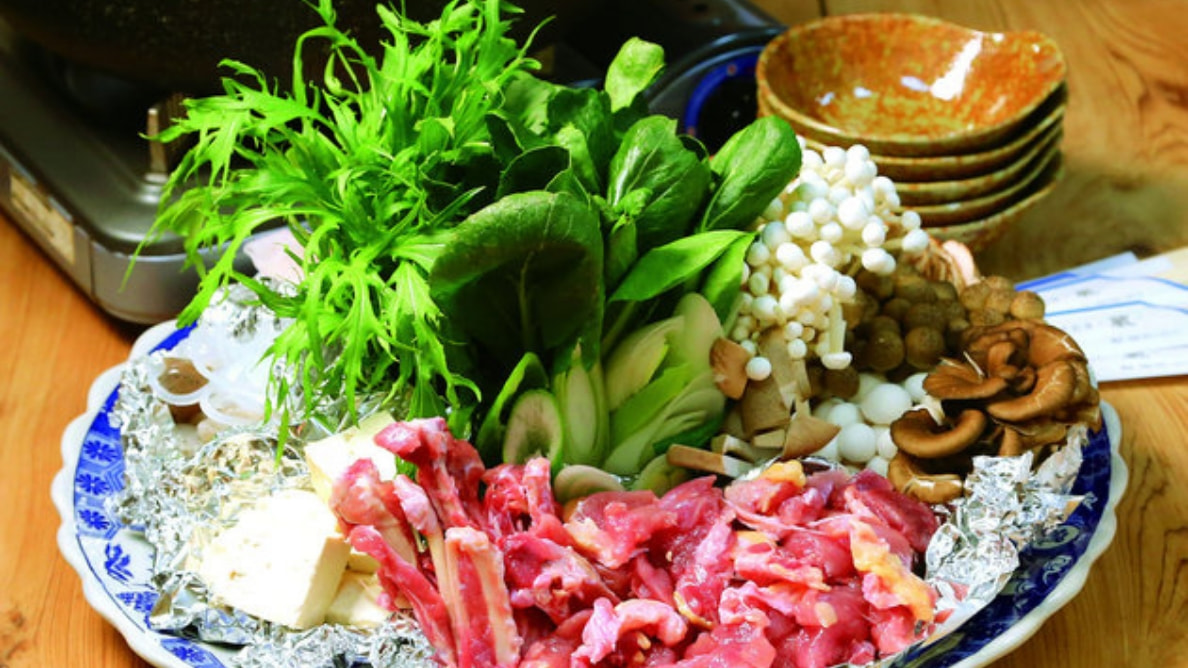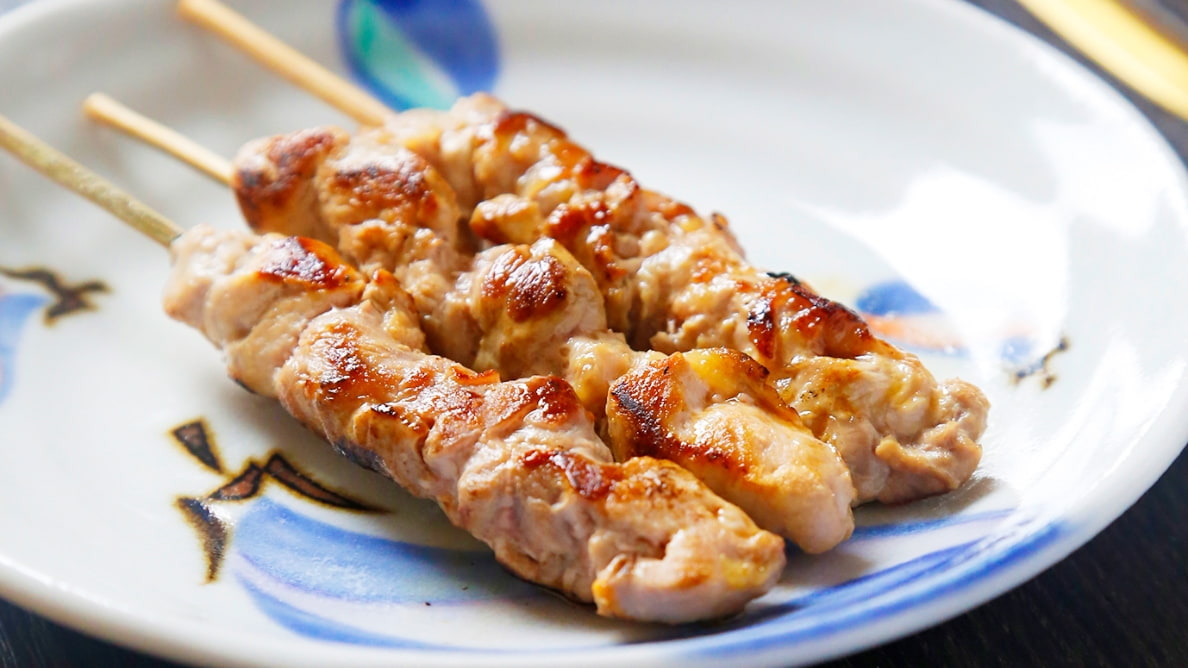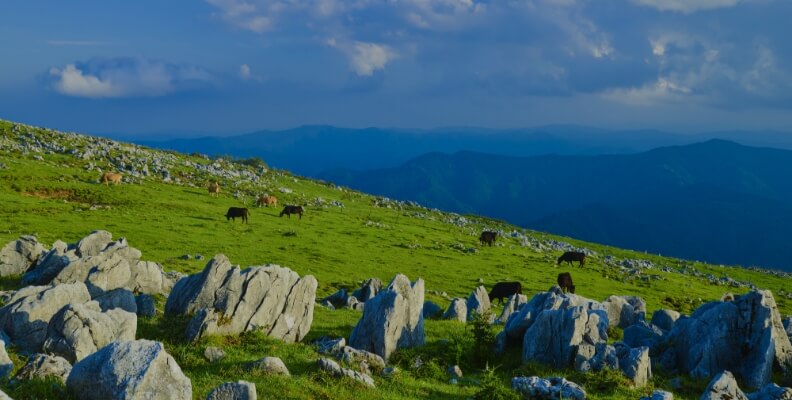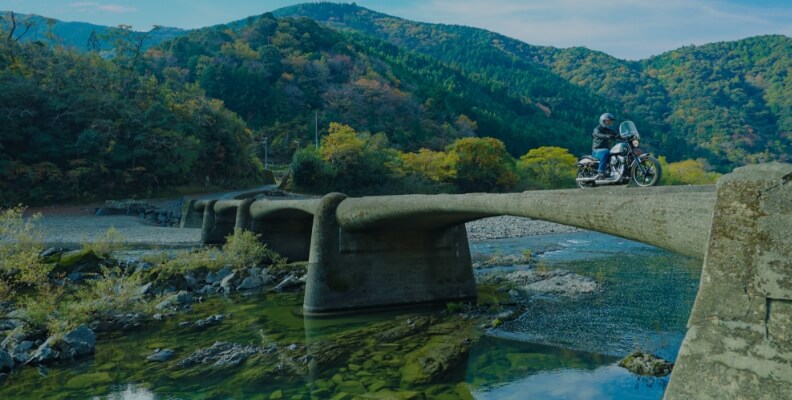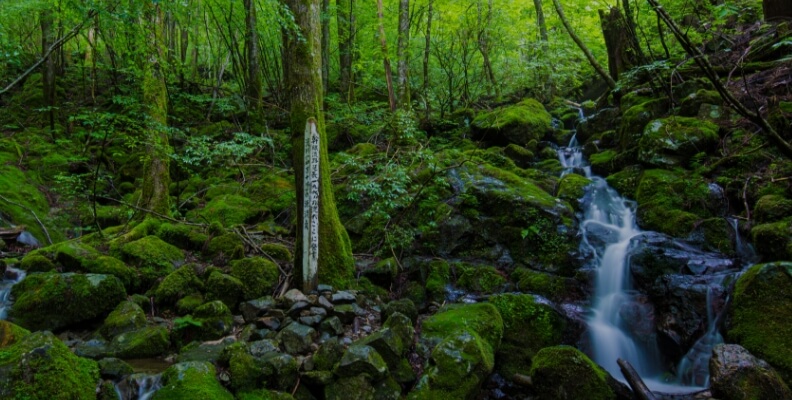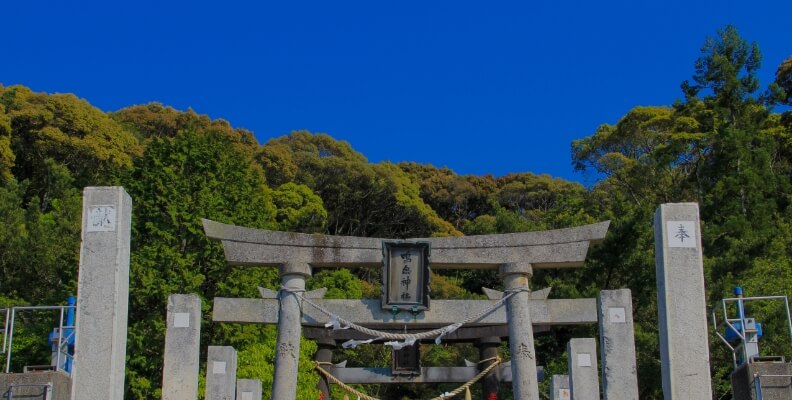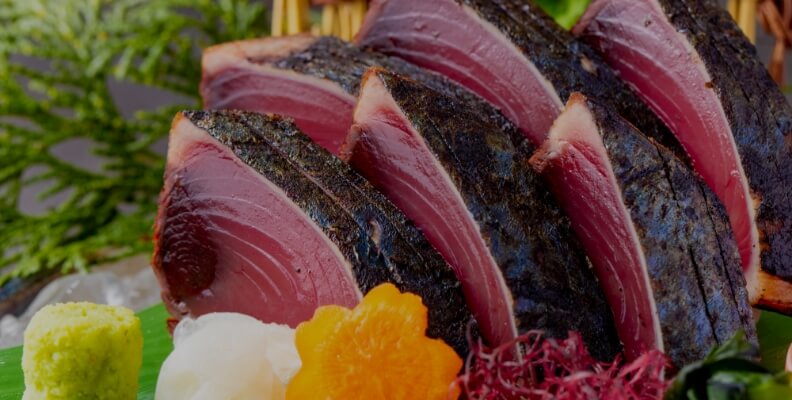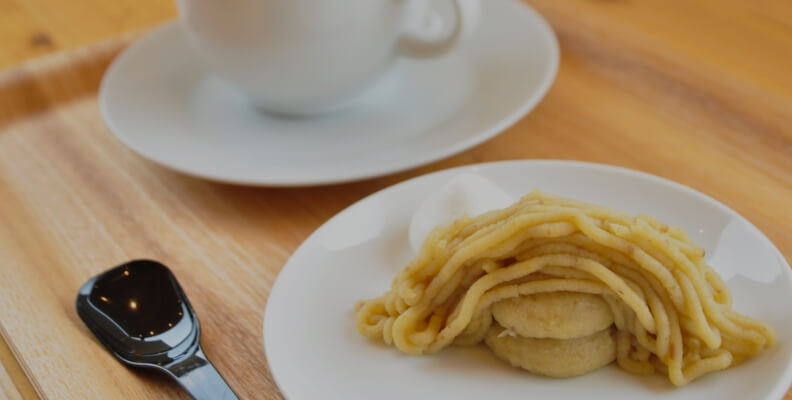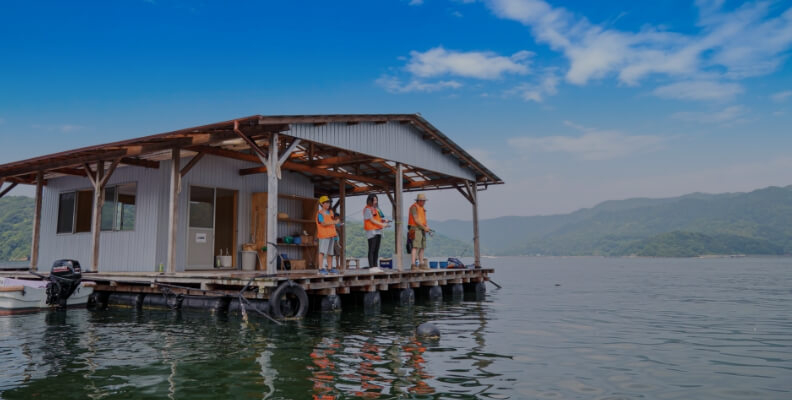One of the delights of traveling or venturing out is experiencing the food unique to a region. Oku Shimanto has an appealing food culture with seafood shipped directly from ports, marketplace foods, and unique local dining beloved by locals that you can only taste here. Here, we present seven dining options you’ll find in Oku Shimanto.
- Susaki Specialty Nabeyaki Ramen, the soul food of Susaki eaten hot from a clay pot
- A tour of marketplace food in a retro fishing town!
- Do you prefer it with the skin or without the skin? Young fish you can taste only here!
- Enjoy a unique rice bowl topped with eel, pork, and sweetfish in the town of Shimanto!
- A buffet of local vegetables full of love and kettle-cooked rice from the headwaters
- A moment of luxury with Korean dining and beauty
- A perfect match for rice bowls and noodles! Pheasant, a winter staple
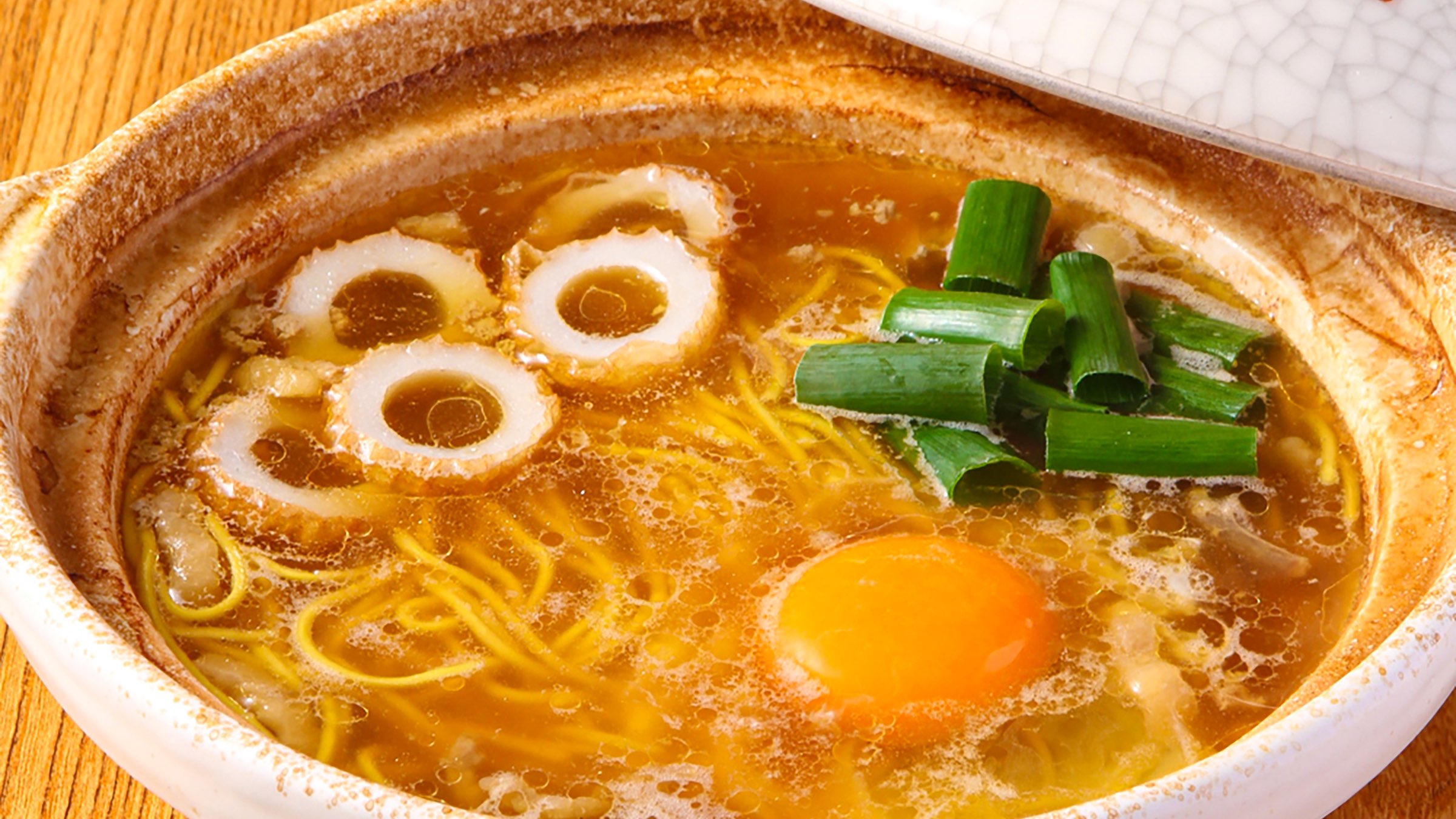
Susaki Specialty Nabeyaki Ramen, the soul food of Susaki eaten hot from a clay pot
Nabeyaki Ramen is a kind of local ramen eaten from a clay pot that has served as the soul food of Susaki for more than half a century. This ramen, served in a clay pot so it can be eaten warm the entire time, features a combination of ingredients not typically seen in other types of ramen, including straight, firm noodles in a chicken bone and soy sauce soup, topped with green onions, fish cake, eggs, and chicken. The noodles heat up as you eat them, transforming to just the right texture, and the lingering flavor of the soup creates a perfect balance. Part of the magic is that there are all kinds of ways to enjoy it as well, such as adding rice to the remaining soup to turn it into a porridge or saving the egg for the end.
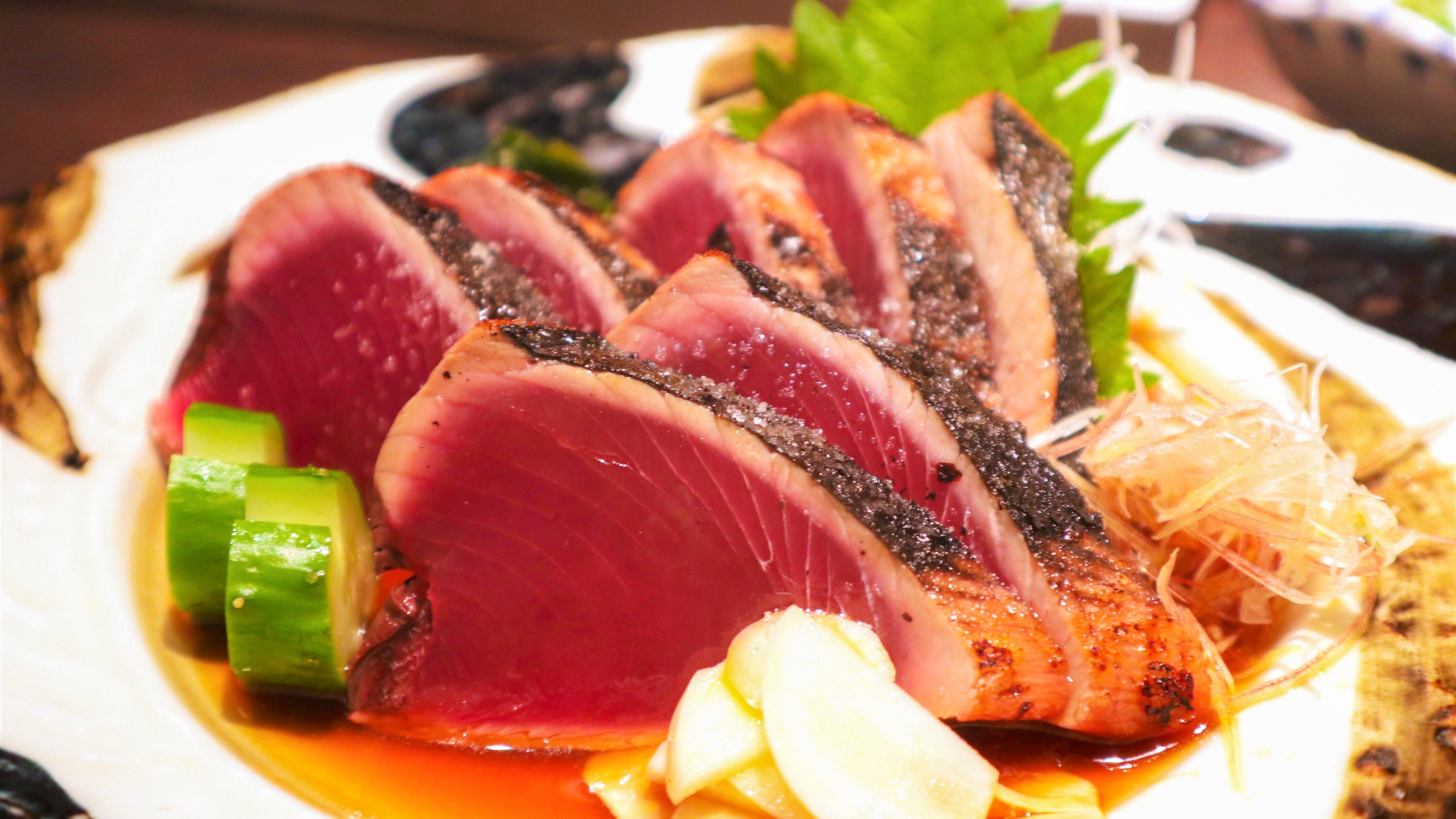
A tour of marketplace food in a retro fishing town!!
Kure Taishomachi Market in the town of Nakatosa, famous for its bonito, is a well-known spot for marketplace food. The nostalgic shopping arcade is packed tightly with shops selling fresh fish and homemade dried fish on either side, and there is even a cafeteria where you can have fish you bought sliced for you, making this marketplace perfect for a snack or detour. The recommended food here would have to be the local specialty, seared bonito! The straw grilling enhances the flavor, and many say you can tell the difference in a single bite. Also, Kochi's unique tokoroten, enjoyed with broth and ginger for a refreshing flavor, is another must-try. Opening hours vary by shop, so visiting just before noon is best. This is a place you’ll want to visit on an empty stomach.



Do you prefer it with the skin or without the skin? Young fish you can taste only here!!
In Susaki and Nakatosa, young frigate tuna eaten only for about two months from August to September are called shinko and are considered a beloved flavor of summer. In fact, this shinko quickly loses its freshness and is unsuitable for transport, making it a delicacy that is hard to find even within the city of Kochi. With its addictively chewy texture, this food is a must when visiting Oku Shimanto in summer, and in Susaki, the skin is not removed but rather cut boldly into chunks and eaten with plenty of squeezed fingered citron (a type of citrus). Meanwhile, in Nakatosa, the black skin is carefully removed and it is made into sashimi, and fingered citron is squeezed over it for a different way to enjoy this fish. While this popular fish is often sold out, if you have a chance to try it, we recommend comparing the appearance and texture to see which variation you prefer.

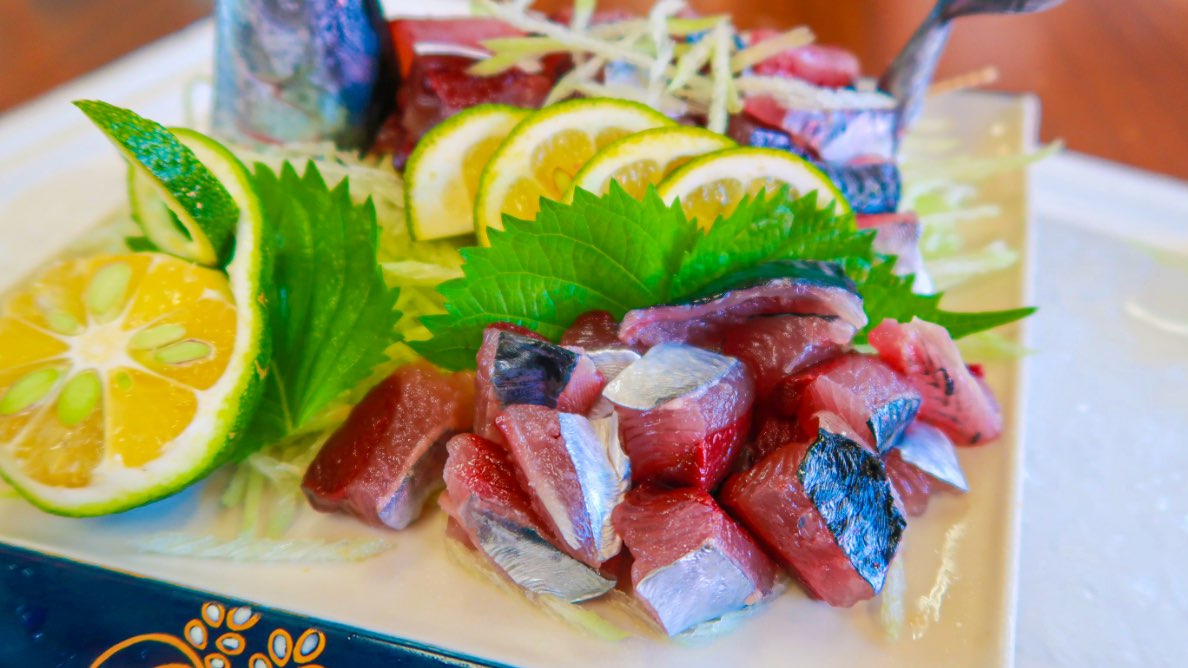

Enjoy a unique rice bowl topped with eel, pork, and sweetfish in the town of Shimanto!
Oku Shimanto has more to offer than just seafood! In the town of Shimanto, local pork, eel, and sweetfish are served in unique rice bowls. For those who prefer hearty meals, a rice bowl featuring Shimanto Pork is recommended. Meticulously crafted menu items at each restaurant, such as braised pork, steak, or a unique rice bowl seasoned with balsamic vinegar, offer both volume and impact! The combination of Shimanto Pork, with no gamey odor and a good balance of lean meat and fat, with steaming rice is irresistible. Also, for those who have come to the Shimanto River and want to taste what the river has to offer, we recommend the Stone-Grilled Eel Mixed Rice at Roadside Station Shimanto Taisho or the seasonal Sweetfish Rice Bowl. Enjoy river foods bursting with flavor and fill your belly with this local dining.
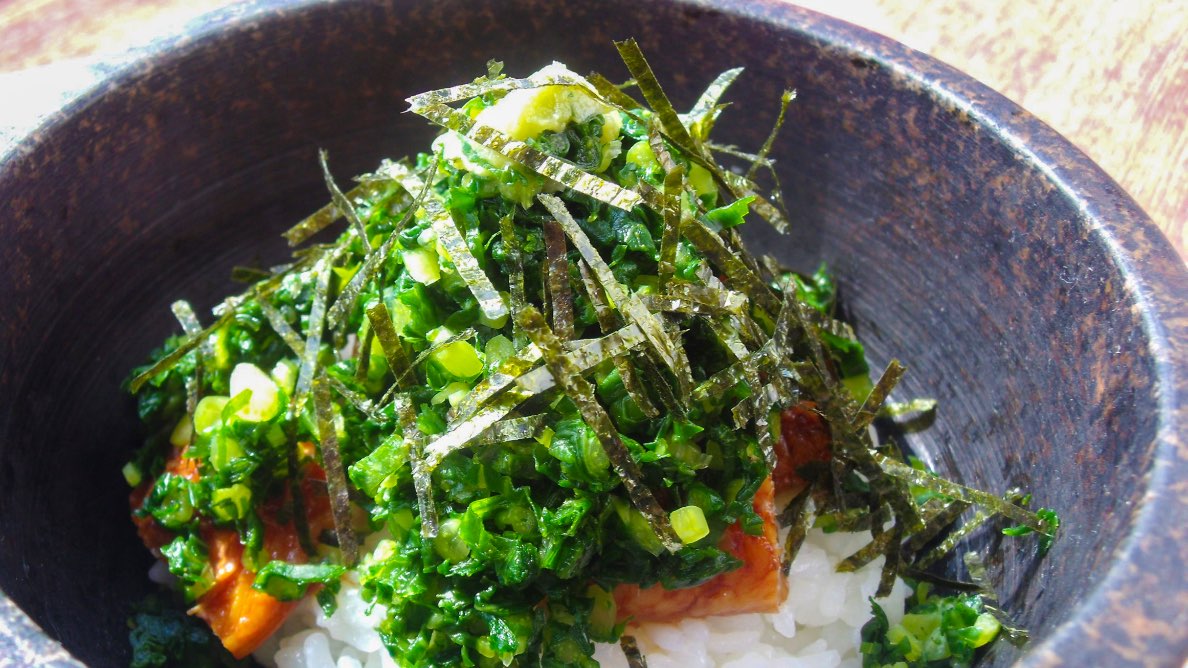
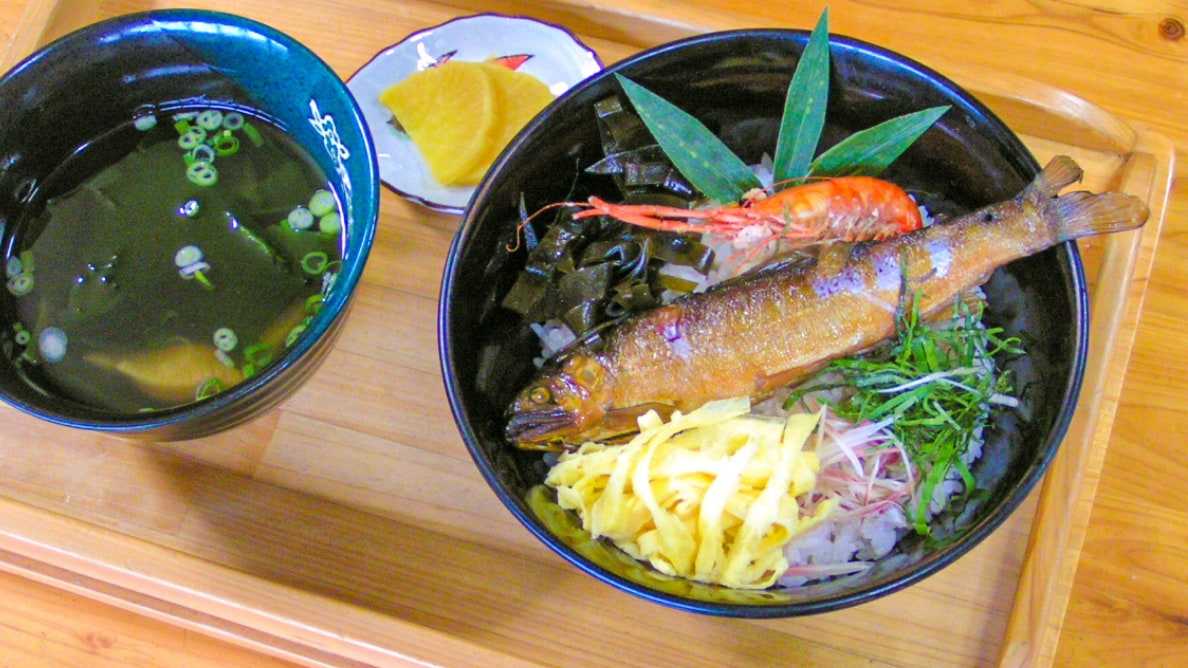
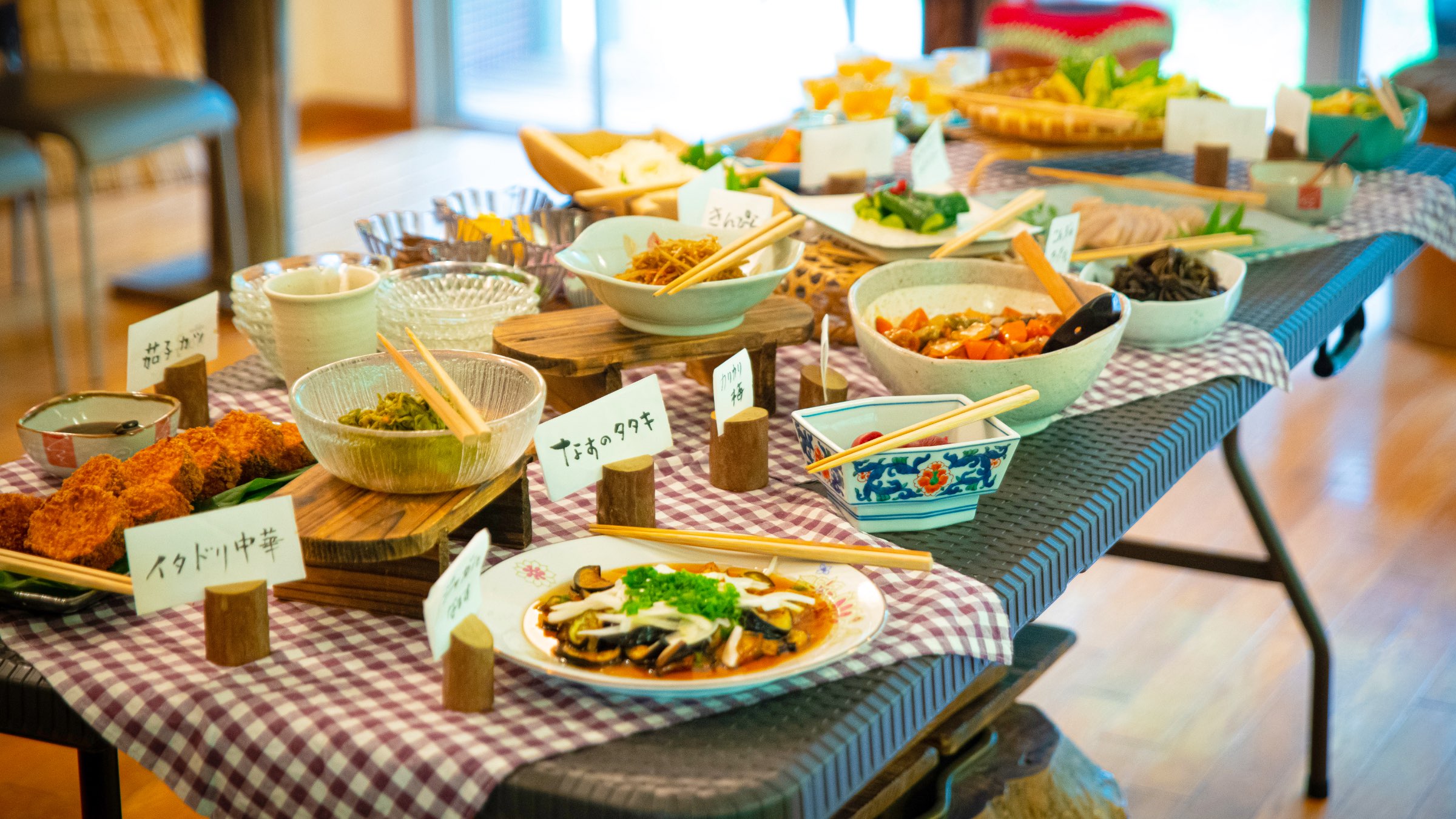
A buffet of local vegetables full of love and kettle-cooked rice from the headwaters
The lodging facility Shimanto Headwaters Center Seiran no Sato is the closest to the source of the Shimanto River. Here, a buffet-style lunch featuring a wide array of dishes made with local vegetables and wild plants from Tsuno is popular. The flavor of these dishes made with love by local women is exceptional, as is the rice grown in terraced fields near the headwaters and cooked in a kettle! You’ll find yourself eating plenty. Currently, Seiran no Sato is closed for renovation, but the newly reopened facility will feature an observation deck that offers a close-up view of the Shimanto River in the headwaters area, making it an even more appealing spot than before. When it opens, be sure to visit and enjoy the delicious food and the Shimanto River.
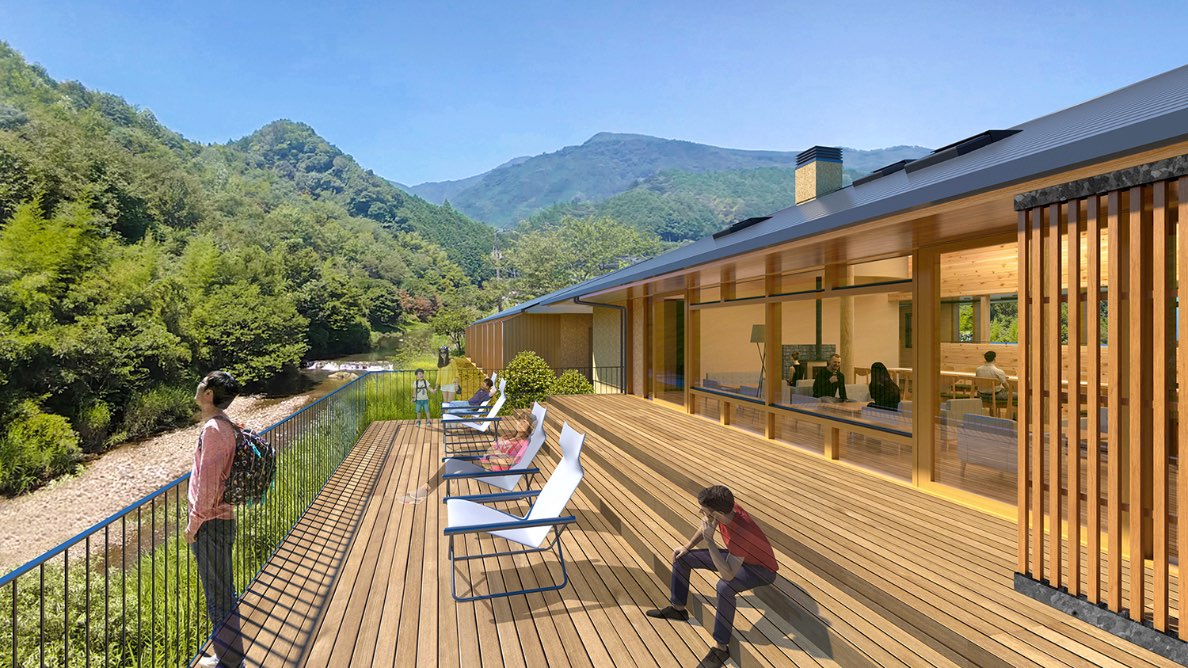

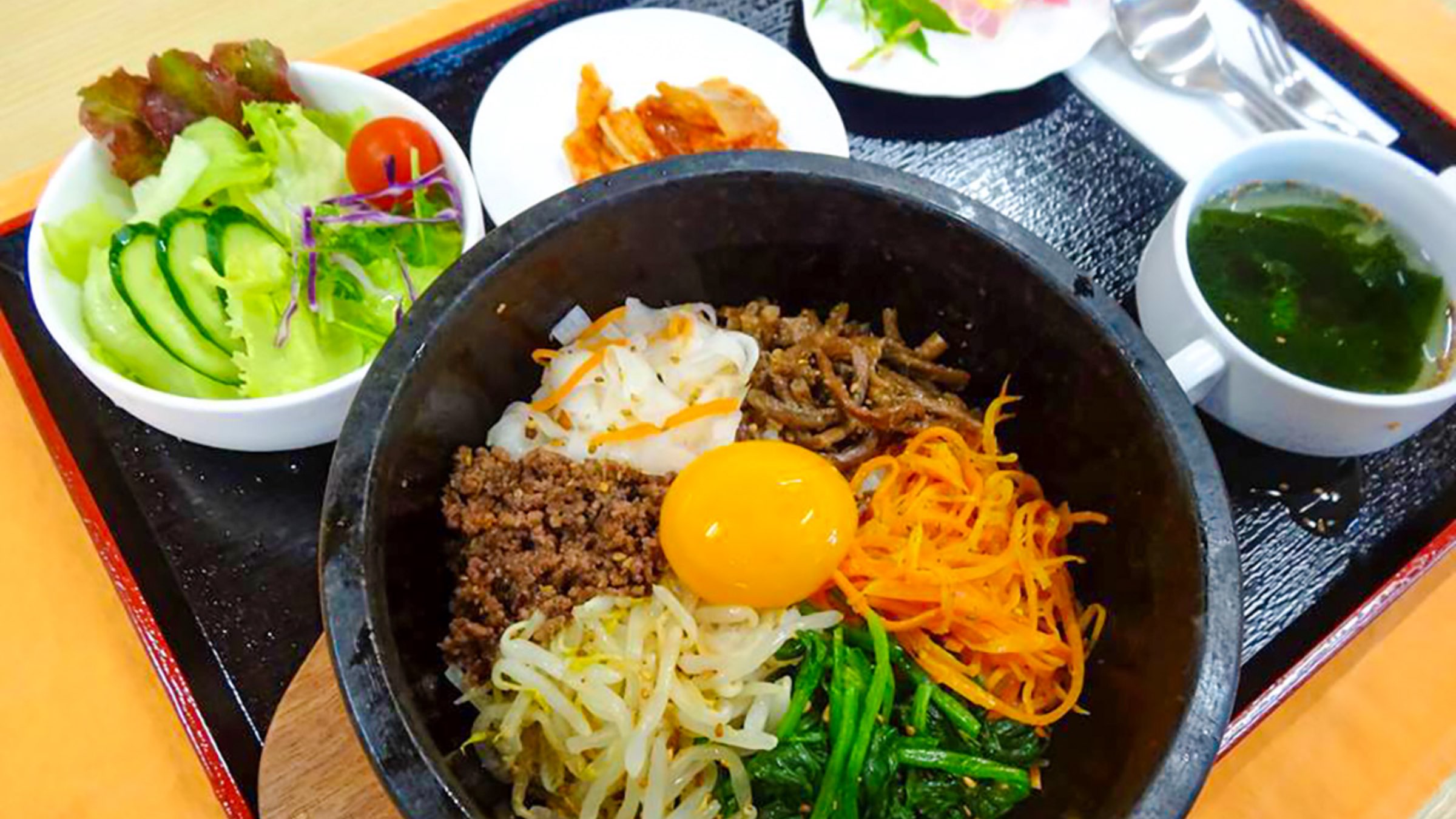
A moment of luxury with Korean dining and beauty
South Korea is a country famous for its beauty and dining. Experience this culture in Oku Shimanto with Jjimjilbang Restaurant Takatori in the town of Yusuhara. Why is there a Korean presence in the town of Yusuhara? It all started in the 1990s when Korean exchange students came to Takatori to study Japanese culture. From there, exchange began, with kimchi making and Korean saunas started as a catalyst for regional revitalization. After relaxing in a low-temperature sauna with germanium, mugwort, and rock salt, enjoy authentic Korean cuisine in this luxurious facility. The Takatori Kimchi made here is also popular, made using authentic techniques and Korean chili peppers shipped directly from Korea, with a flavor adjusted to suit Japanese preferences.
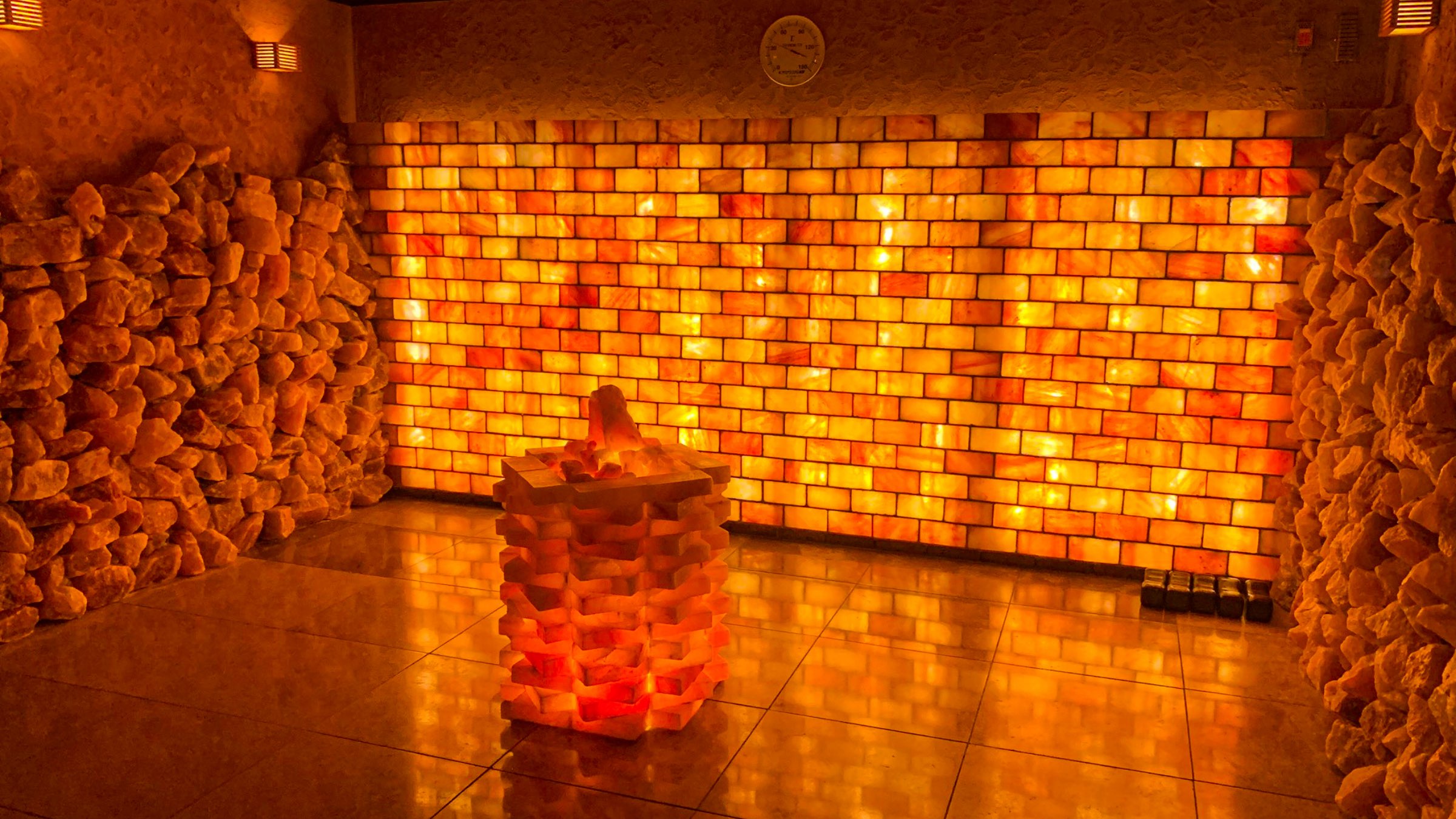
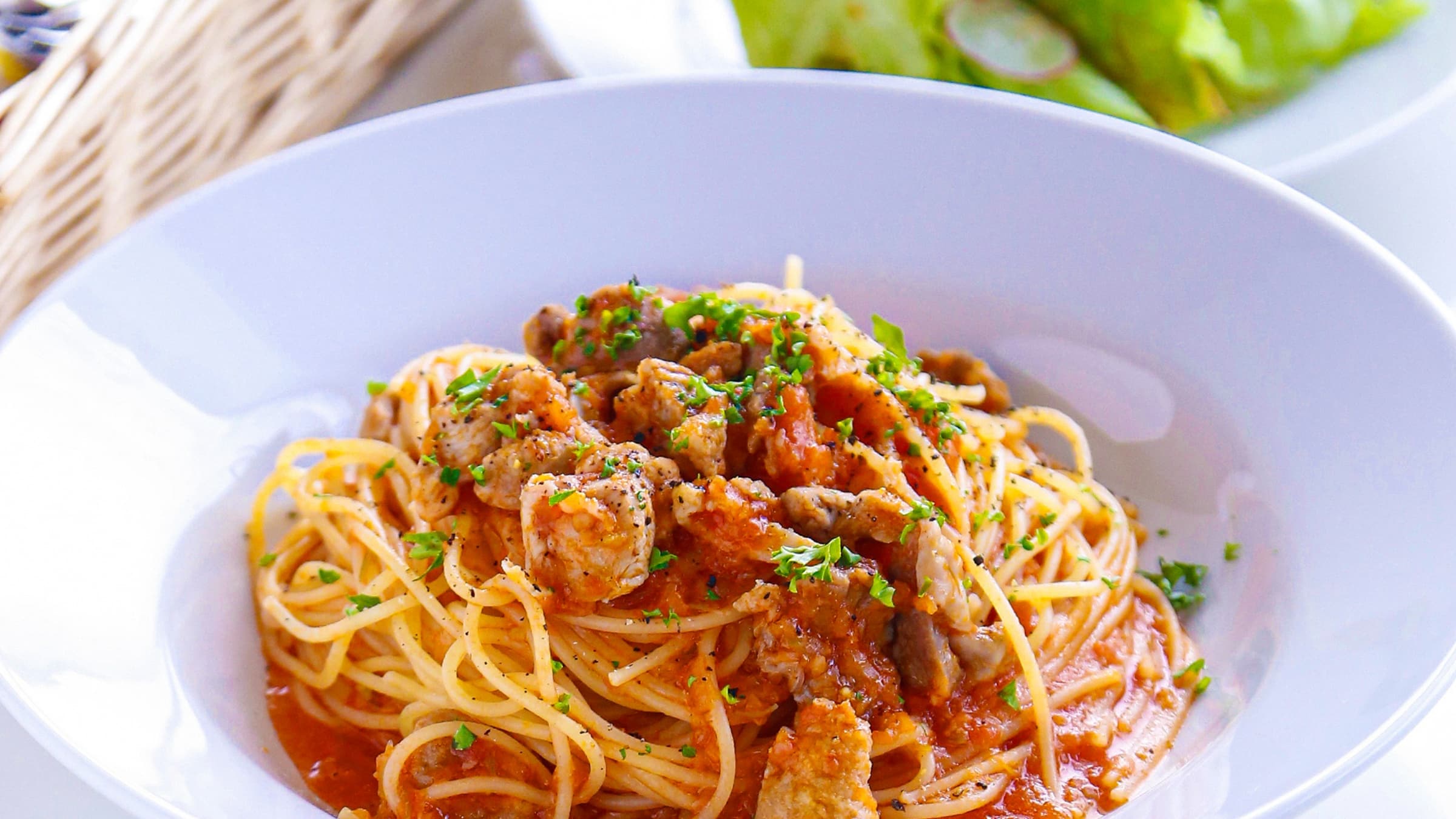
A perfect match for rice bowls and noodles! Pheasant, a winter staple
In the town of Yusuhara, nestled among the mountains of Shikoku Karst, pheasant has adorned winter dining tables as a feast since antiquity and is a beloved ingredient among locals. Free-range pheasants raised in the natural setting of Yusuhara, a town at an altitude of 700 meters, offer a flavor completely different from chicken and have good texture, and, in addition to the standard pheasant hotpot, various creative pheasant dishes have been created throughout town in recent years, including simply grilled pheasant, pheasant bowls similar to oyakodon covered with egg, and even pasta and sautées. Regardless of whether you have tried pheasant before, be sure to experience food made from the wild pheasant, something you won’t find every day.
